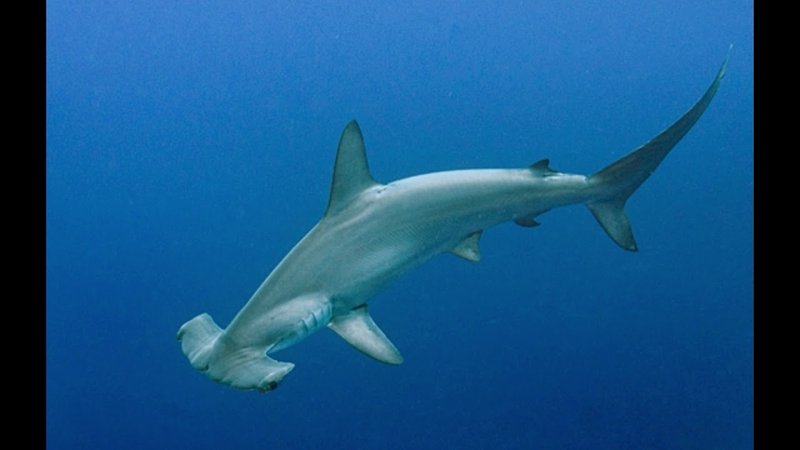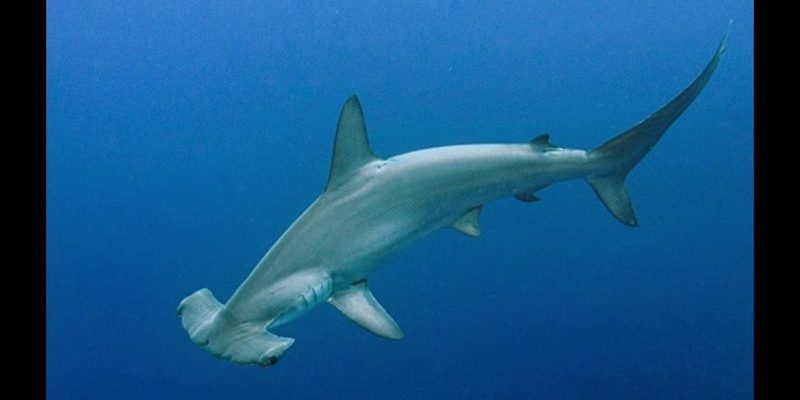
Reproduction in hammerhead sharks isn’t just about instinct; it’s a beautiful dance of nature that showcases the struggles and successes of maintaining their population. Imagine a circus performer preparing for a big show—there’s training, timing, and lots of preparation involved. In the same way, hammerhead sharks undergo a series of biological and behavioral routines to ensure their young have the best chance at survival.
Types of Hammerhead Sharks
There are several species of hammerhead sharks, but the most notable include the great hammerhead, the smooth hammerhead, and the scalloped hammerhead. Each one has its own unique traits and breeding habits, contributing to the rich diversity of hammerhead populations.
– Great Hammerhead Shark: The largest of the hammerhead species, these sharks are known to be solitary and roam extensively. They prefer warmer waters and can be found in both coastal and offshore areas.
– Scalloped Hammerhead Shark: Recognized for its distinctive head shape, this species often thrives in schools, making their breeding patterns a bit different from the solitary great hammerhead.
– Smooth Hammerhead Shark: With a less pronounced head shape, these sharks are adaptable and can be found in various marine environments.
Understanding the differences between these species helps us appreciate the unique approaches they take to reproduction.
Breeding Behavior of Hammerhead Sharks
Now, let’s dive into the breeding behavior of these fascinating creatures. Hammerhead sharks are ovoviviparous, which means that their young develop inside eggs that hatch within the mother’s body. Imagine a chef preparing a special meal—each ingredient must be just right for the final dish to come together. In a similar way, the hammerhead mother nurtures her developing young until they’re ready for the outside world.
During the mating season, which varies by species and location, males can be seen engaging in elaborate courtship displays. You might picture them as suave dancers in a dimly lit ballroom, showing off their strength and agility to attract females. After mating, the female will carry the developing pups for several months. Depending on the species, she can give birth to anywhere from 20 to 40 pups in a single litter.
Gestation Period and Birth
The gestation period for hammerhead sharks is quite interesting. It usually lasts between 9 to 12 months, although it can vary based on environmental conditions and specific species. Think of it as a long, patient wait—like waiting for a perfect cake to bake in the oven. The mother shark needs to ensure she has enough energy and resources to sustain her pups until they’re ready to be born.
When the time comes, the pups are born fully formed and ready to swim away. They don’t get much parental care after birth, which might seem harsh, but it’s a survival strategy. The world is a large, dangerous place, and they have to be independent right from the start. It’s nature’s way of ensuring that only the strongest survive.
Parental Investment and Survival of Young Hammerheads
You might be wondering about how hammerhead sharks ensure their pups have the best chance of survival. While they provide little to no care after birth, their strategy involves giving birth in safer nursery areas—often near shorelines or in shallow waters rich with prey. This is a bit like a parent choosing a safe neighborhood to raise their kids.
In these nurseries, the young hammerheads can find plenty of food and avoid larger predators. In fact, juvenile hammerheads often school together for safety, offering a sense of community in an otherwise perilous environment. Schools provide protection, allowing them to become more agile and confident as they grow.
Threats to Hammerhead Shark Reproduction
Despite their fascinating breeding habits, hammerhead sharks face significant threats that impact their populations. Human activities, such as overfishing and habitat destruction, pose serious risks. You may not realize it, but when we deplete ocean resources or pollute waters, we’re directly impacting these beautiful creatures’ ability to breed successfully.
Shark finning, in particular, has led to drastic declines in hammerhead populations. The demand for shark fins has created a situation where many females are caught before they can reproduce, leaving fewer sharks to mate and continue the species. Just like a tree that loses its branches, when too many sharks are removed from the ecosystem, it can lead to imbalances that affect all marine life.
Conservation Efforts and the Future of Hammerhead Sharks
Fortunately, there’s hope for the future of hammerhead sharks. Conservation efforts are underway in many parts of the world to help protect these magnificent creatures. International regulations now restrict shark finning, and protected marine areas are being established to safeguard their breeding grounds.
You might be inspired to learn that community initiatives are also key. Local fishermen and environmental organizations are working together to promote sustainable fishing practices and raise awareness about the importance of hammerhead sharks in maintaining healthy oceans. It’s a bit like a team coming together for a common goal—when everyone plays their part, the results can be significant.
The breeding and reproduction of hammerhead sharks reveal just how intricate and delicate nature can be. From their unique gestation process to the challenges they face, these sharks remind us of the importance of balance in our ecosystems. The more we learn about their lives, the more we can appreciate their role in the ocean’s health.
As we continue to explore these magnificent creatures, let’s keep pushing for conservation efforts to protect their habitats and ensure that future generations still get to marvel at the wonders of hammerhead sharks. Just like any family, they deserve a thriving environment where they can flourish!

